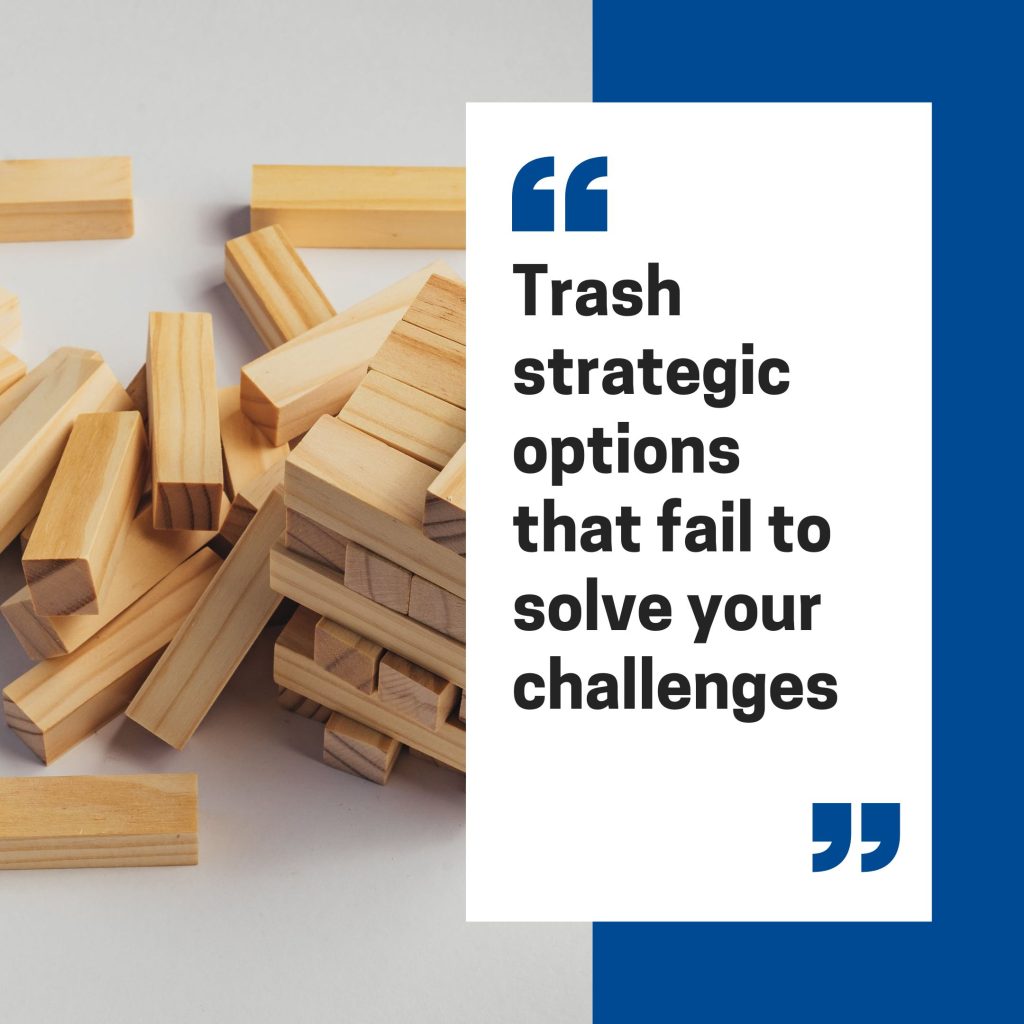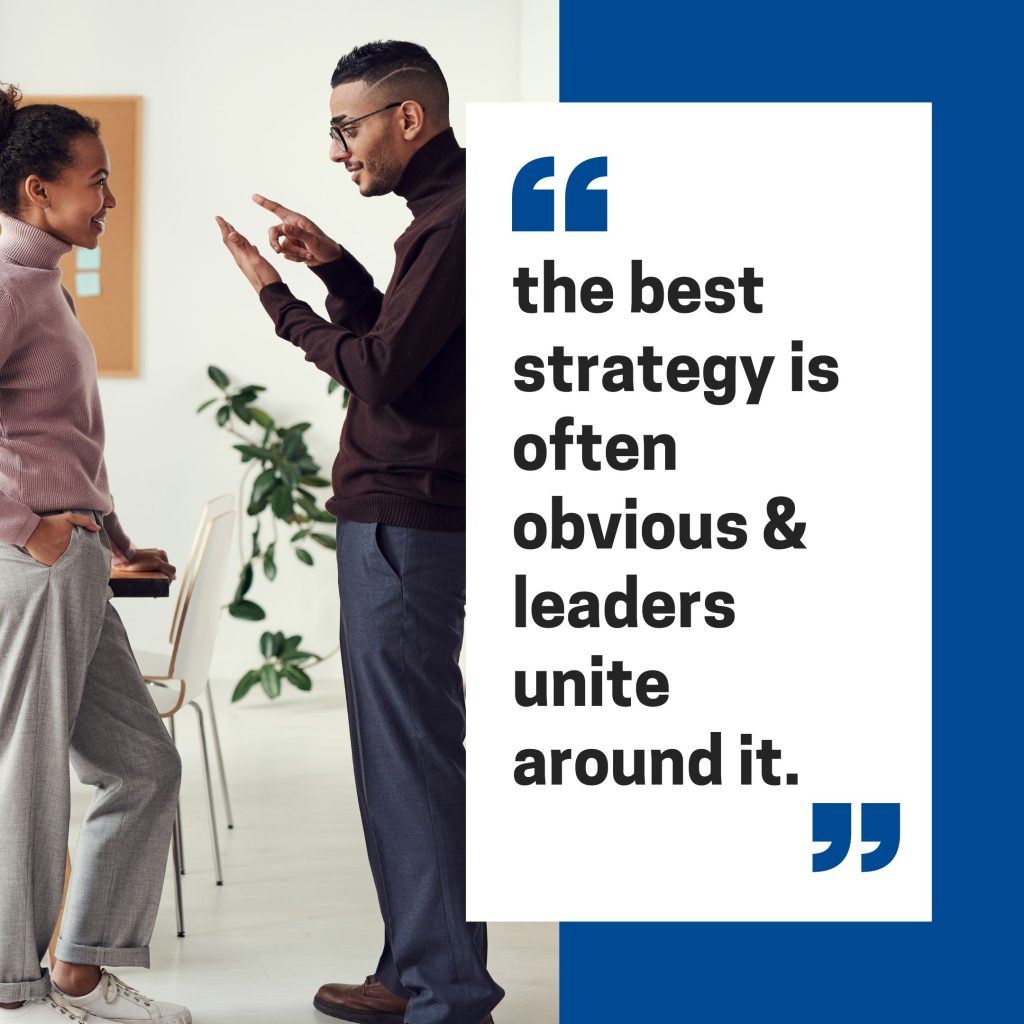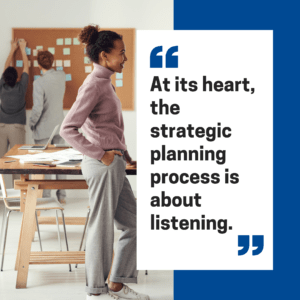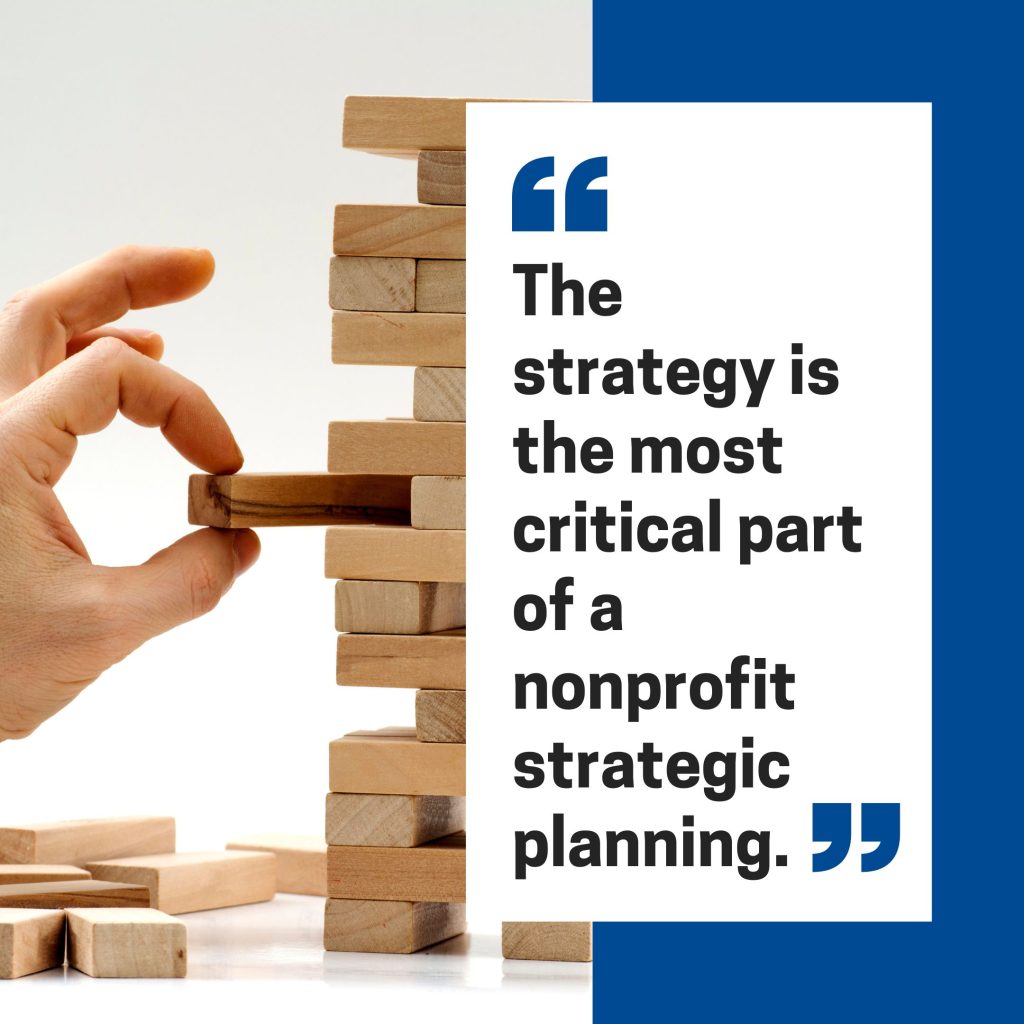Are you a leader struggling with nonprofit strategic planning? You’re not alone. Many find the process confusing, wondering where to start, fearing internal conflicts, and questioning if a consultant will understand their challenges. As a seasoned nonprofit strategic planning consultant, I created this guide to cut through the noise and provide clear, actionable steps for you.
This isn’t a theoretical document. It’s a roadmap to a living, breathing nonprofit strategic plan. Follow this guide, and your plan won’t gather dust; it will become a well-worn, essential tool you reference daily to drive your mission forward.
Nonprofit Strategic Planning: Your 101 Guide
- What is a Nonprofit Strategic Plan? Understanding Its Importance?
- What is the Strategic Planning Process for Nonprofits?
- How to Know Your Nonprofit Strategy Planning Process Worked
- When Is It Time to Develop a Nonprofit Strategic Plan?
- Strategic Planning: A New Nonprofit CEO’s Secret Weapon
- Who Should You Invite to Participate in a Strategic Planning Process?
- Who Selects Your Nonprofit’s Strategy?
- What Happens in a Nonprofit Strategy Selection Session?
- Hazard Warning: The Biggest Nonprofit Strategic Planning Hazard
- What Tools Do You Recommend to Monitor Implementation?
What Happens in a Nonprofit Strategy Selection Session?
After the crucial community listening phase, a focused strategy selection session brings key decision-makers together to choose your path forward.
Here’s a glimpse into what this important meeting entails:
Key Elements of a Nonprofit Strategy Session:
- Reviewing Insights: A summary of the key learnings from your community engagement.
- Presenting Strategy Options: Introducing a clear set of distinct and feasible strategic directions.
- Establishing Evaluation Criteria: Defining how the team will compare the different options.
- Evaluating and Selecting the Strategy: A collaborative process of assessing the options against the criteria, often leading to a unified decision.
- Assigning Next Steps: Outlining the initial goals and assigning teams to begin developing the full strategic plan.
This session is a pivotal moment where the insights gathered transform into a concrete strategic direction, setting the stage for your nonprofit’s future success.
Hazard Warning: The Biggest Nonprofit Strategic Planning Hazard
Failure to Solve the Key Roadblock
One of the most significant dangers in nonprofit strategic planning is creating a plan that doesn’t directly address the fundamental challenges holding the nonprofit back.
I worked with a client where chronic underfunding was the underlying issue driving the need for a new strategy. During our community listening phase, we heard countless stories of fundraising struggles. Everyone agreed on the problem but the conversations got stuck in rehashing what hadn’t worked, rather than generating solutions.
By guiding their discussions, the leadership team recognized that they had inadvertently compiled an extensive list of “what not to do” – a valuable lesson, much like Edison’s journey with the light bulb. Determined to break through, we built upon these lessons and, using innovative techniques, developed fresh strategic options. The focus on problem-solving, shifted their organization’s revenue trajectory, leading to a threefold increase in less than five years.
Your strategic planning process will be a success if you leave your strategy selection session with a clear direction for overcoming your most critical roadblock or blocks. If not, you risk creating a plan that gathers dust and breeds cynicism among your supporters.
Before finalizing your strategy, rigorously test it against these three crucial questions:
1) Will We Win With This Strategy? Does the strategy clearly outline how you will achieve your goals, differentiate yourself, and build financial sustainability?
2) Is It Succinct? While the full strategy will have nuances, its essence should be easily understood and articulated – ideally as a word, short phrase, or concise sentence (e.g., “make art accessible,” “build affordable homes,” “reduce medical debt”).
3) Is It an “Earworm”? Can you easily imagine this strategy guiding daily decisions by your board, staff, and supporters? Effective strategies are memorable and actionable. They become ingrained in your culture.
Avoid the trap of a strategy that doesn’t tackle your core challenges. For more, watch this video.
What Tools Do You Recommend to Monitor Your Strategic Plan Implementation?
What Tools Do You Recommend to Monitor Implementation?
Once your strategic plan is finalized, effectively monitoring its use is crucial for achieving your goals.
Here are two recommended tools to help you effectively monitor your strategic plan in action.
Tool 1: Bridgespan Groups Strategy Tool
- Print out the strategy tool collection from the Bridgespan Group. It provides robust frameworks and templates.
- Tailor to Your Needs: Review the Bridgespan materials, crossing out columns and eliminating pages that aren’t relevant to your organization. The remaining content will serve as a customized draft template.
Tool 2: Cascade Strategy
- Sign up for a strategy execution platform like Cascade Strategy (consistently receives top reviews and offers reasonable pricing, with reviews often highlighting its suitability for nonprofits).
- Integrate the Resources: Import your strategic plan into Cascade.
Ultimately, the best approach depends on your organization’s preferences and resources.
Ready to Create a Dynamic Strategy for Your Nonprofit?
I’d love to partner with you if you want to move beyond static plans and create a thriving, impactful nonprofit. Let’s discuss how a tailored strategic approach can help your organization reach new heights. Schedule a complimentary discovery chat here. – Karen




